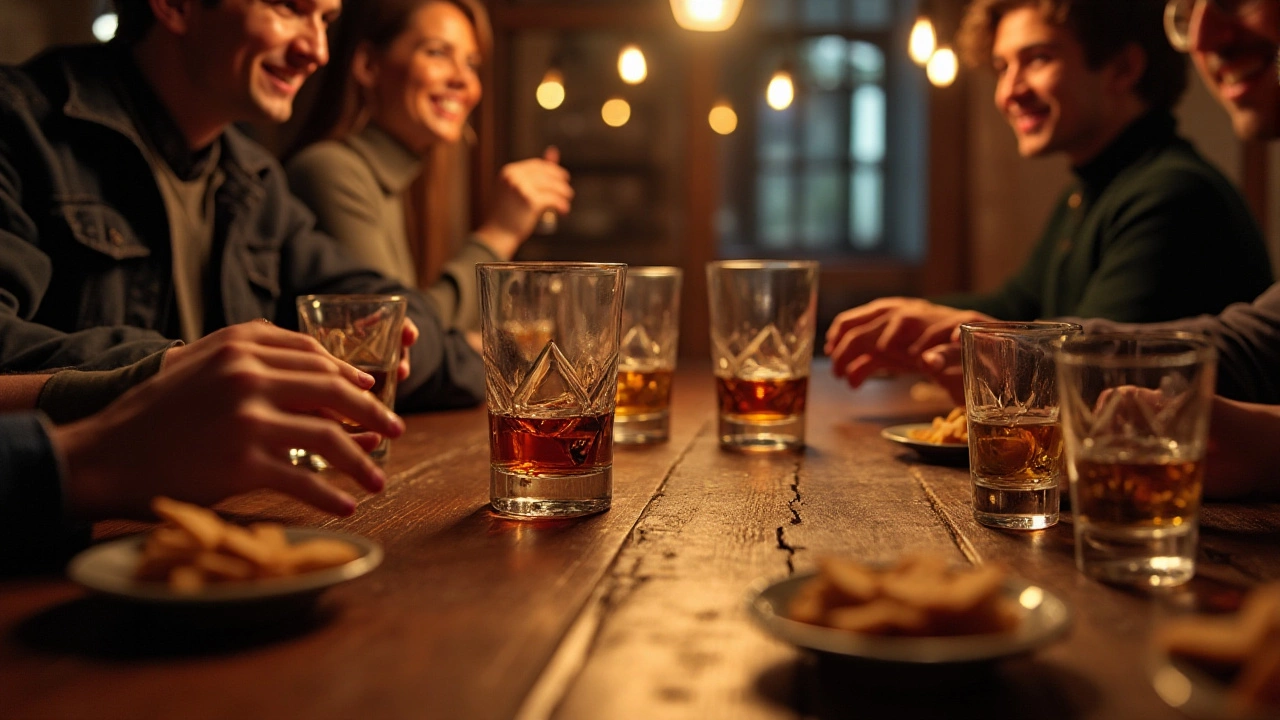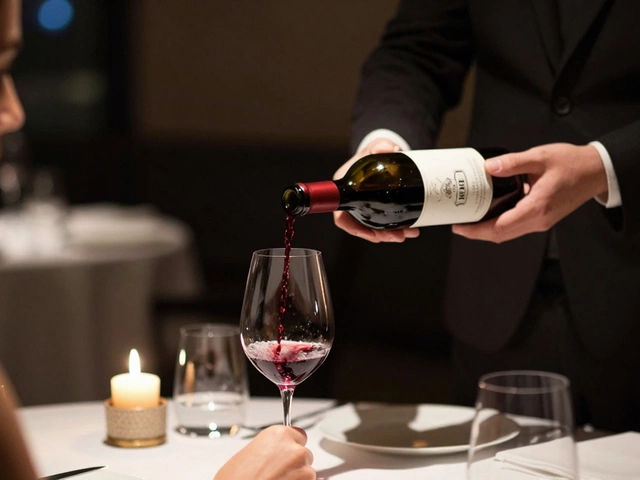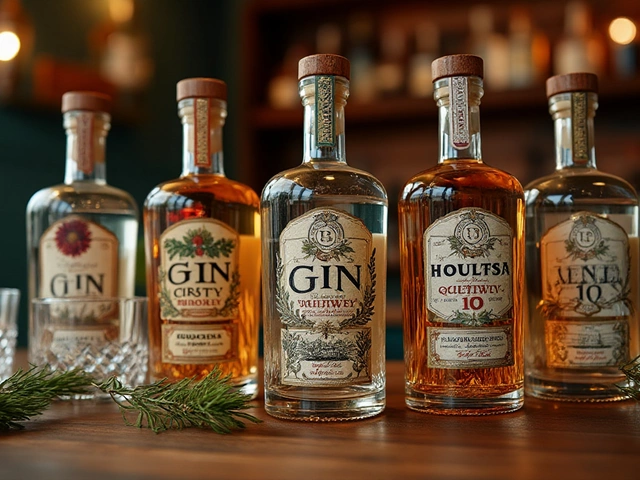Flavor Experience: Simple Ways to Upgrade Your Taste Journey
Ever wondered why some drinks just hit the spot and others fall flat? It’s all about the flavor experience – the mix of aroma, texture, and taste that tells your brain a story. Whether you’re sipping wine, sampling cheese, or trying a mocktail, a few easy tweaks can turn an ordinary sip into a memorable moment.
What Makes a Great Flavor Experience?
First off, your palate is the star. It’s a tiny, sensitive canvas that reacts to temperature, acidity, and even the glass you use. Warm drinks release more aroma, while colder sips can mute flavors. That’s why a chilled glass of white wine feels crisp, and a room‑temperature red spreads its fruit notes faster.
Next, think about balance. A classic example is the cheese‑and‑wine combo: the fat in cheese softens the wine’s acidity, while the wine cuts through the richness. The right match makes both taste better, not just neutral. If you love Chardonnay, try a mild Brie or goat cheese – the pairing highlights the fruit and buttery notes without clashing.
Don’t forget the little things that set the stage. A clean glass, proper lighting, and even a short pause before you sip let your senses reset. This is why many wine bars serve a splash of water first – it awakens the tongue and clears any lingering flavors.
Tips to Boost Your Taste Journey
1. Prep your palate. Before a wine tasting, drink a glass of still water or nibble on plain crackers. This cleanses your mouth and stops previous flavors from stealing the show.
2. Use the right food. If you’re about to taste whisky, a slice of dark chocolate or a few almonds can enhance the spirit’s smoky edge. For vodka, light cucumber or a splash of citrus keeps the flavor bright.
3. Mind the order. Start with lighter drinks and move to heavier ones. Light white wines or delicate mocktails first, then richer reds or robust spirits. This prevents palate fatigue and lets each drink shine.
4. Play with temperature. Warm up a dry red for 10 minutes if it feels tight – it opens up the fruit. Chill a rosé for a quick refresher on a hot day; the cooler temperature sharpens its crispness.
5. Take notes. Jot down what you smell, taste, and feel. Simple words like “citrus”, “creamy”, or “spicy” create patterns you can use next time you shop or order.
Finally, have fun with it. The best flavor experiences happen when you’re curious and relaxed. Try a new mocktail recipe, pair a cheese you’ve never tasted with your favorite wine, or explore that old spirit you read about. Every sip is a chance to learn what you love.
So next time you raise a glass, remember these quick tricks. Your palate will thank you, and the flavor experience will be way more enjoyable.
To fully appreciate the flavors of different whiskeys, learning how to cleanse your palate is essential. A clean palate can unveil hidden notes and elevate your tasting experience. From simple methods like water and crackers to more inventive techniques, this guide covers effective palate cleansing strategies. Understanding how palate cleansing enhances perception will enrich your enjoyment of whiskey tastings. Discover the art of preparing your taste buds for a sensory adventure.
View Details

